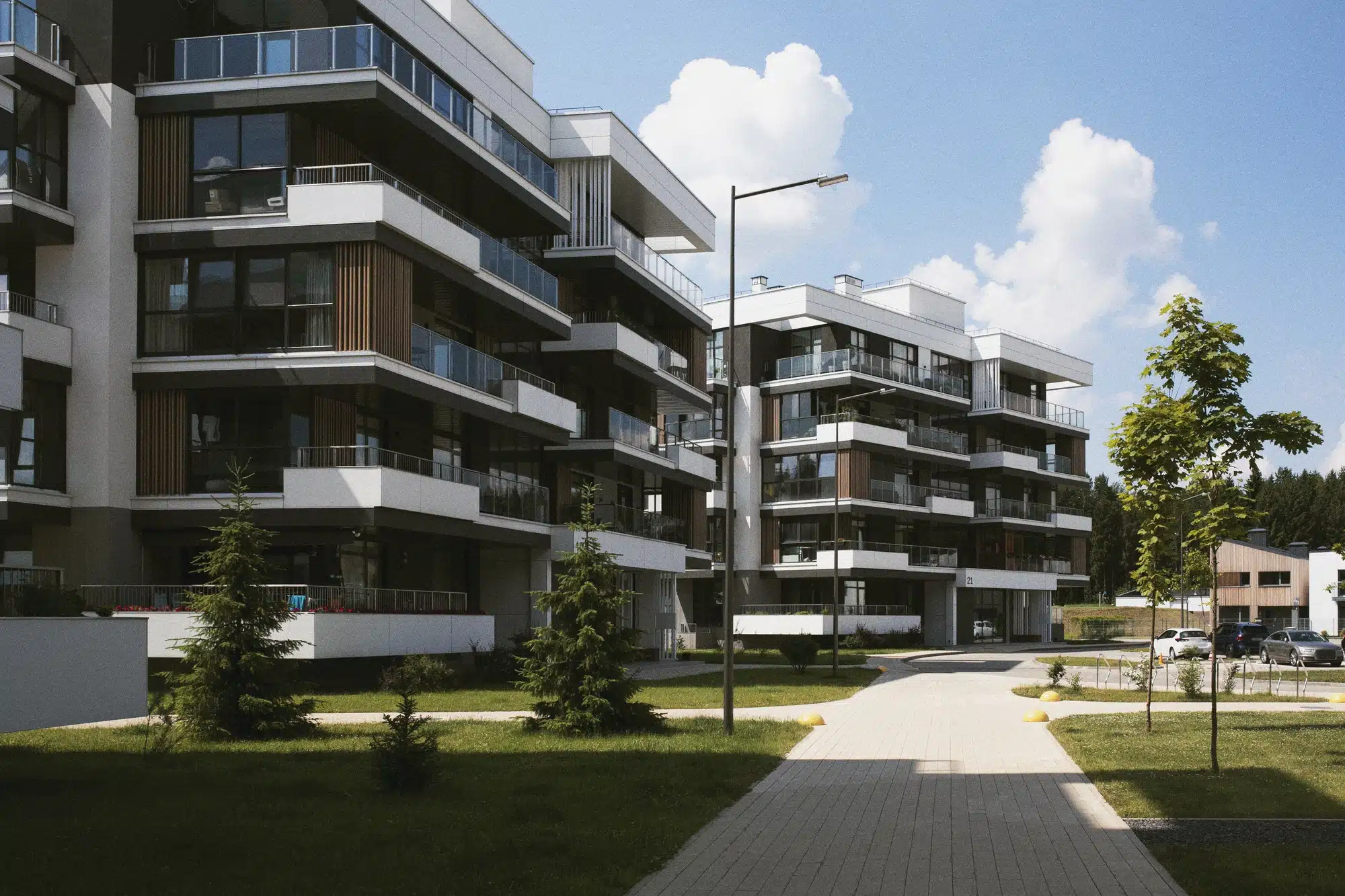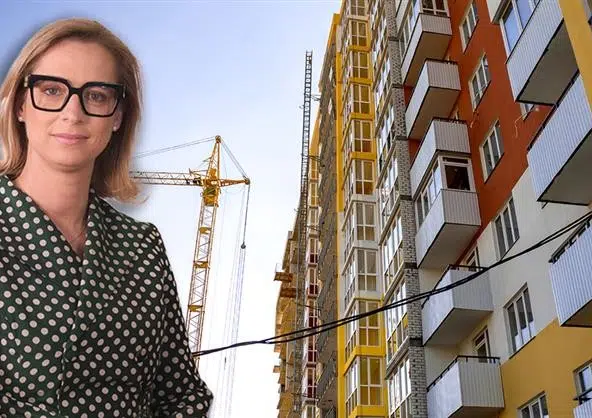Between offices, hospitals, hotels, theaters, museums, monuments, residential developments, and factories, the HCI group has been shaping Portugal’s construction and renovation scene for 45 years. Their portfolio is extensive, featuring iconic and large-scale projects that bridge tradition and modernity. One standout is the renovation of Lisbon’s Calouste Gulbenkian Modern Art Center (CAM), a project the company’s leaders showcased during a visit with idealista/news. While there, they reflected on the industry’s major challenges in Portugal—ranging from a lack of skilled labor and resistance to technological innovation, to sustainability and more industrialized construction methods. They warn that the country remains stuck in an “old-school” mindset that delays responses to market demands, including the pressing need to “build everything that’s still missing.”
Rui Furtado Marques, a director at HCI, emphasizes the critical role of renovation in rejuvenating cities and preserving heritage, turning buildings into more innovative and sustainable spaces. He highlights the CAM project, redesigned by Japanese architect Kengo Kuma, as a prime example. “We had to deeply understand the building’s history—when it was constructed, the regulations at the time, and the logic behind its design—before adapting it to meet modern requirements,” he explains. The process required a delicate balance between old and new methods, creating a seamless “match” between the two.
Marques insists that “upgrading spaces” and continuing heritage rehabilitation are crucial. However, he stresses the importance of “common sense,” urging thorough building assessments to strike a balance between reality and financial feasibility, especially since “renovation projects are more expensive.” While acknowledging the necessity of investing in renovation, he argues that, particularly in housing, “new construction is often easier, cheaper, and faster.”
Looking to the future, this industry expert believes Portugal must adopt more industrialized project solutions and take a more pragmatic approach to construction. “We can’t have projects where a building has 300 windows, each a different size. There needs to be a shift in thinking. As long as we keep clinging to outdated, artisanal methods—ignoring labor shortages and quality issues—we won’t solve problems on-site that should’ve been addressed during the design phase,” he concludes.
In: Idealista




